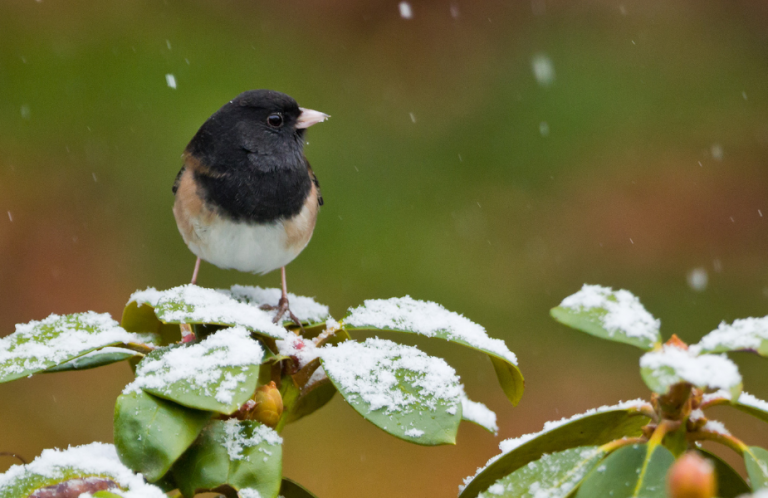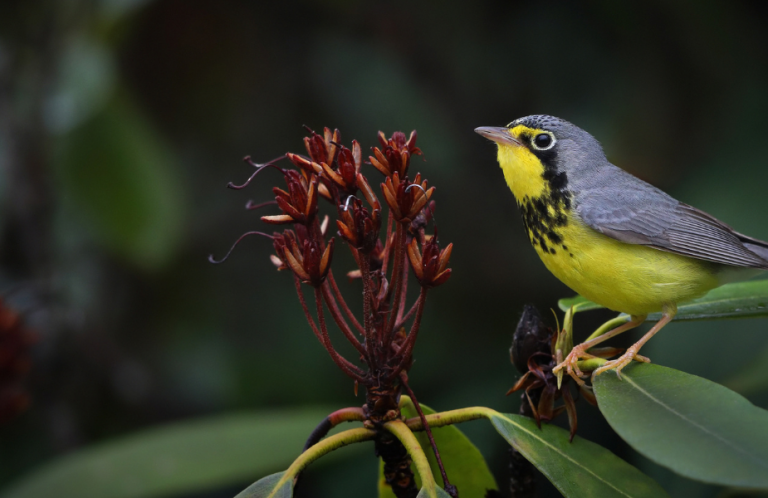Video: Snowy Plovers Nest Safely Thanks to Gulf Partnership
Plovers nest on the beach, which can be fraught with danger. Wilson's and Snowy Plovers lay their eggs directly on the sand, leaving them vulnerable to a variety of human disturbances. Conversion of habitat to coastal development, beach use by off-road vehicles, and predation by cats, dogs and other animals are among the threats these birds face. The proximity of people who also want to use the beach can be more than a nuisance: It often determines whether their clutch of chicks survives.
This is especially true along the Texas coast, where large concentrations of people gather on the sandy shores of the Gulf of Mexico. American Bird Conservancy and Houston Audubon have been working together to monitor populations of Wilson's and Snowy Plovers across the upper Texas coast, gathering reproductive data and banding birds to learn more about their movements and survival.

Snowy Plover parent and young. Photo by J. Michael Wharton / Shutterstock
The partnership is paving the way for important conservation of these tiny, secretive bird species, which are declining and designated as Watch List species and "birds of conservation concern" by the U.S. Fish and Wildlife Service.
ABC and Houston Audubon are also collaborating to educate beachgoers on what they can do to help the plovers nest and survive. Watch this video to learn more about the partnership–and what you can do to help beach-nesting birds. Special thanks to U.S. Fish and Wildlife Service Coastal Program, Texas for their support on this project.
We also promote the "Fish, Swim, And Play From 50 Yards Away" program each year, which aims to educate tourists and local residents about the needs of beach-nesting bird species along the Gulf Coast.
Both the Snowy Plover and Wilson's Plover are listed as endangered or threatened in several states. The species are included in the 2014 State of the Birds Watch List.


















































